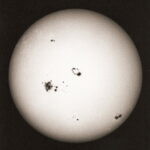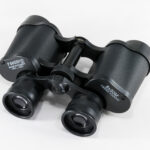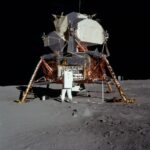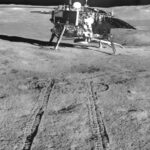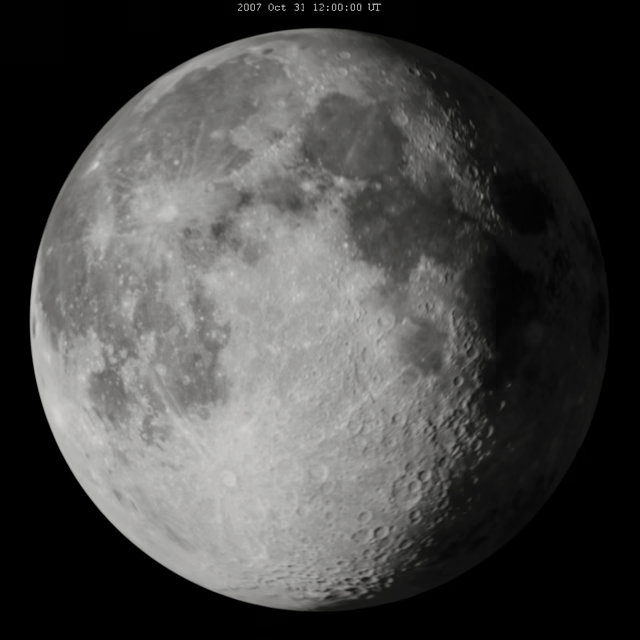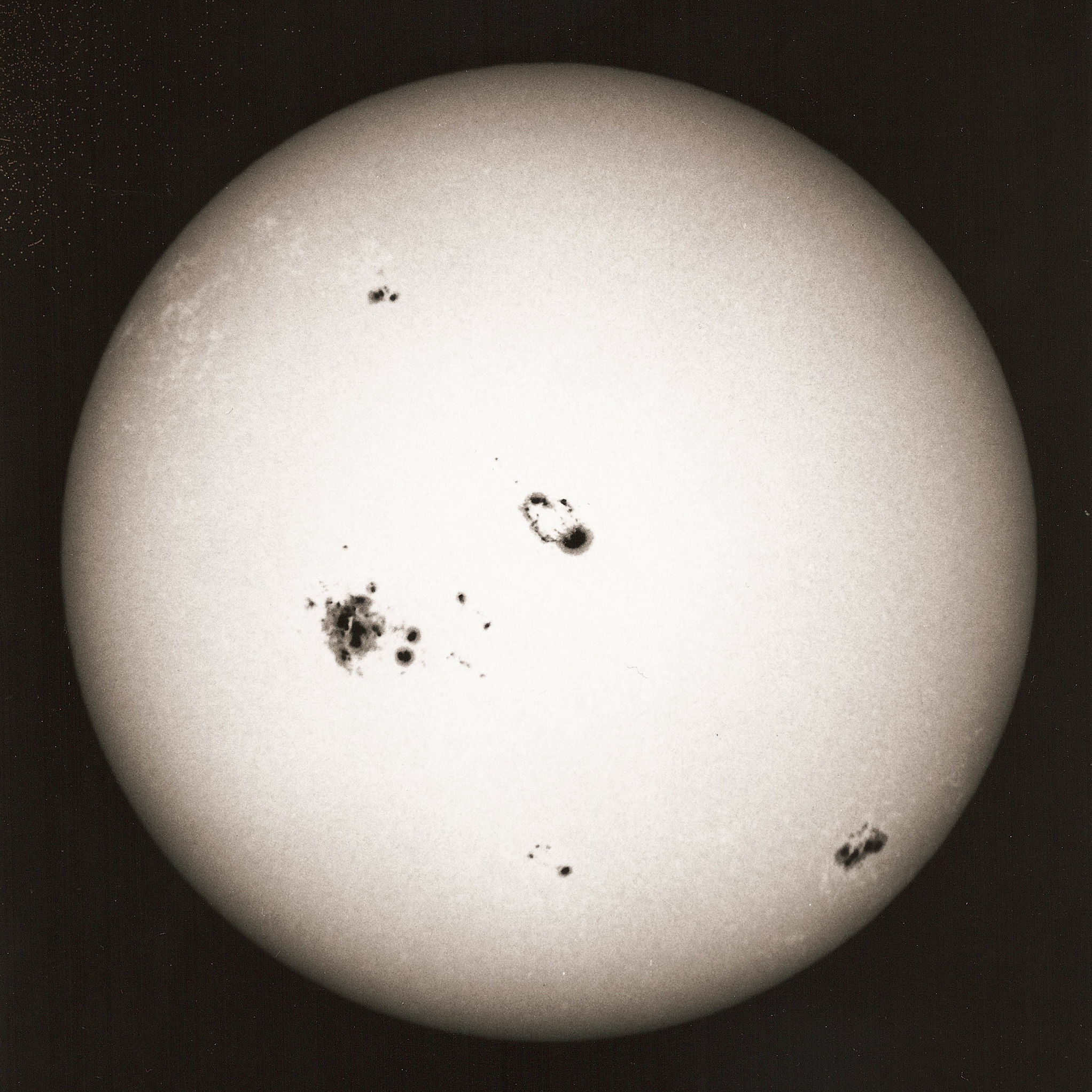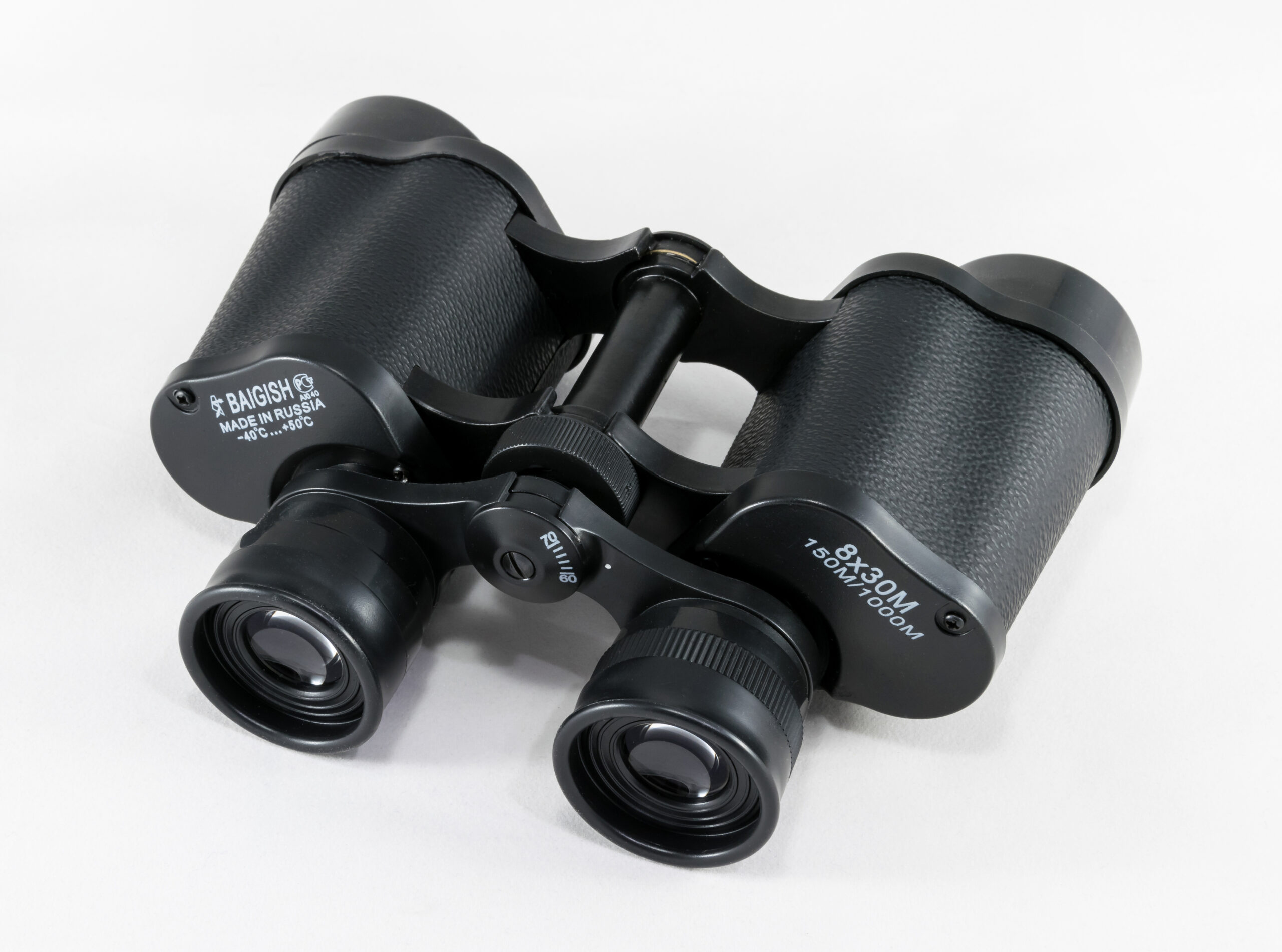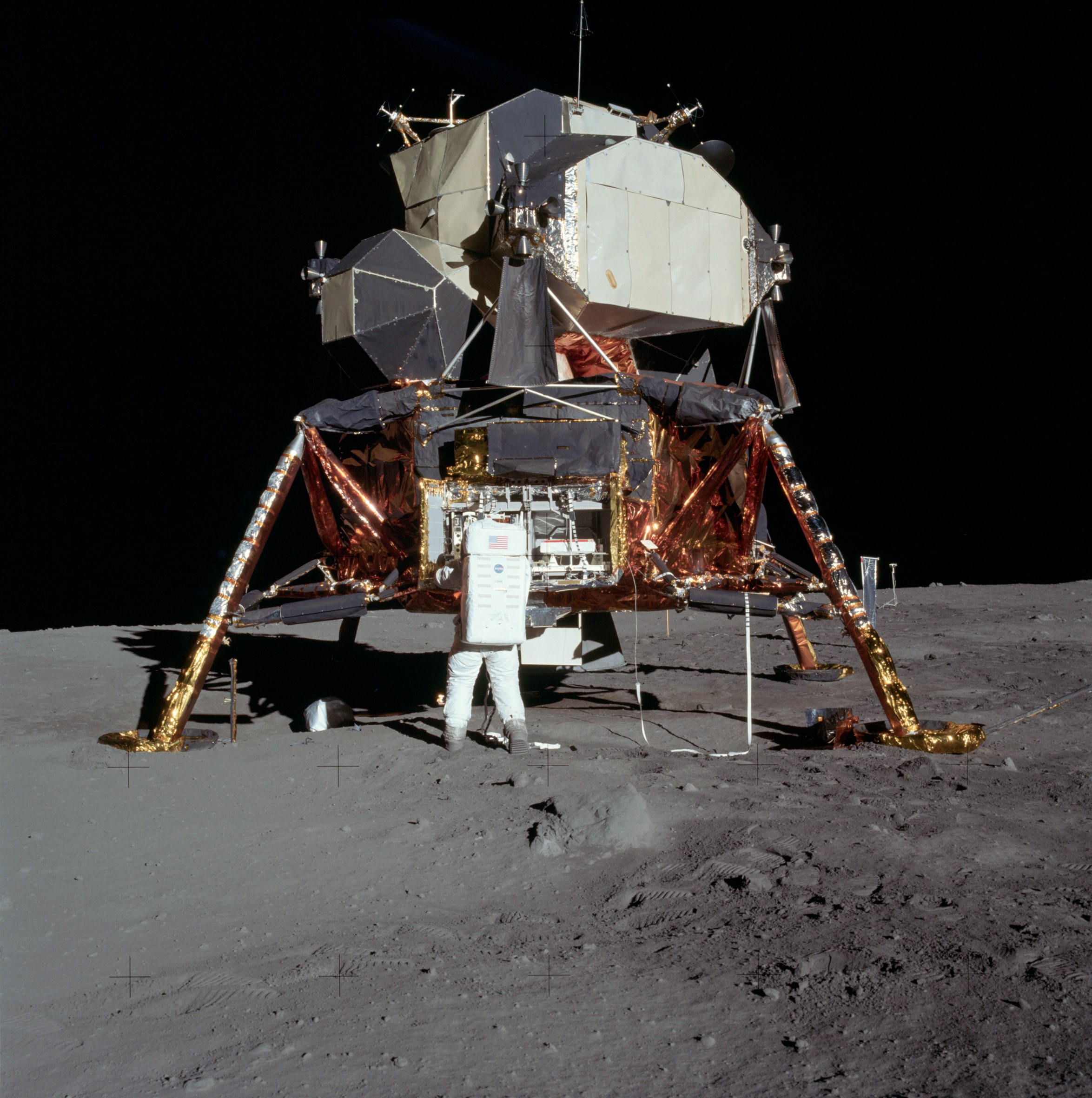The moon’s dance through its phases is a monthly ritual that fascinates us. It goes from invisible to fully illuminated and back again. But what’s really happening up there? I’ll walk you through it, starting with the New Moon. This phase kicks off the lunar cycle and occurs when the moon is positioned between Earth and the sun, effectively hiding the side that bounces sunlight back to us.
Next, let’s talk about the First Quarter Moon. About a week after the New Moon, we see half of it lit up. This is due to the moon’s position at a 90-degree angle relative to Earth and the sun. This phase is often called ‘half moon,’ and it’s the perfect time to catch a clear view of the moon’s craters with a telescope or even binoculars.

Graphic showing how the Moon’s phases are caused through the Moon’s position in its orbit around the Earth and its position in relation to the Sun.
Then comes the showstopper: the Full Moon. Roughly two weeks after the New Moon, the entire face of the moon is illuminated. It happens when Earth is right between the sun and the moon. Every culture has its own stories and traditions tied to this event, illustrating its universal appeal.
Lastly, the Last Quarter Moon marks the three-week point in the lunar cycle. Like the First Quarter, we see half the moon’s face, but this time it’s the other half that’s sunlit. As the moon continues its orbit, the illuminated portion we see from Earth wanes smaller each night.
The Bright Side of the Moon: Gibbous Moon Insights
In our last discussion, we explored the initial phases, including the First Quarter Moon where we notice exactly half of the Moon’s surface illuminated. Beyond this phase, the Moon transitions into an intriguing stage known as the Gibbous Moon. This phase is sometimes overshadowed by the drama of a Full Moon but offers its own quiet beauty.
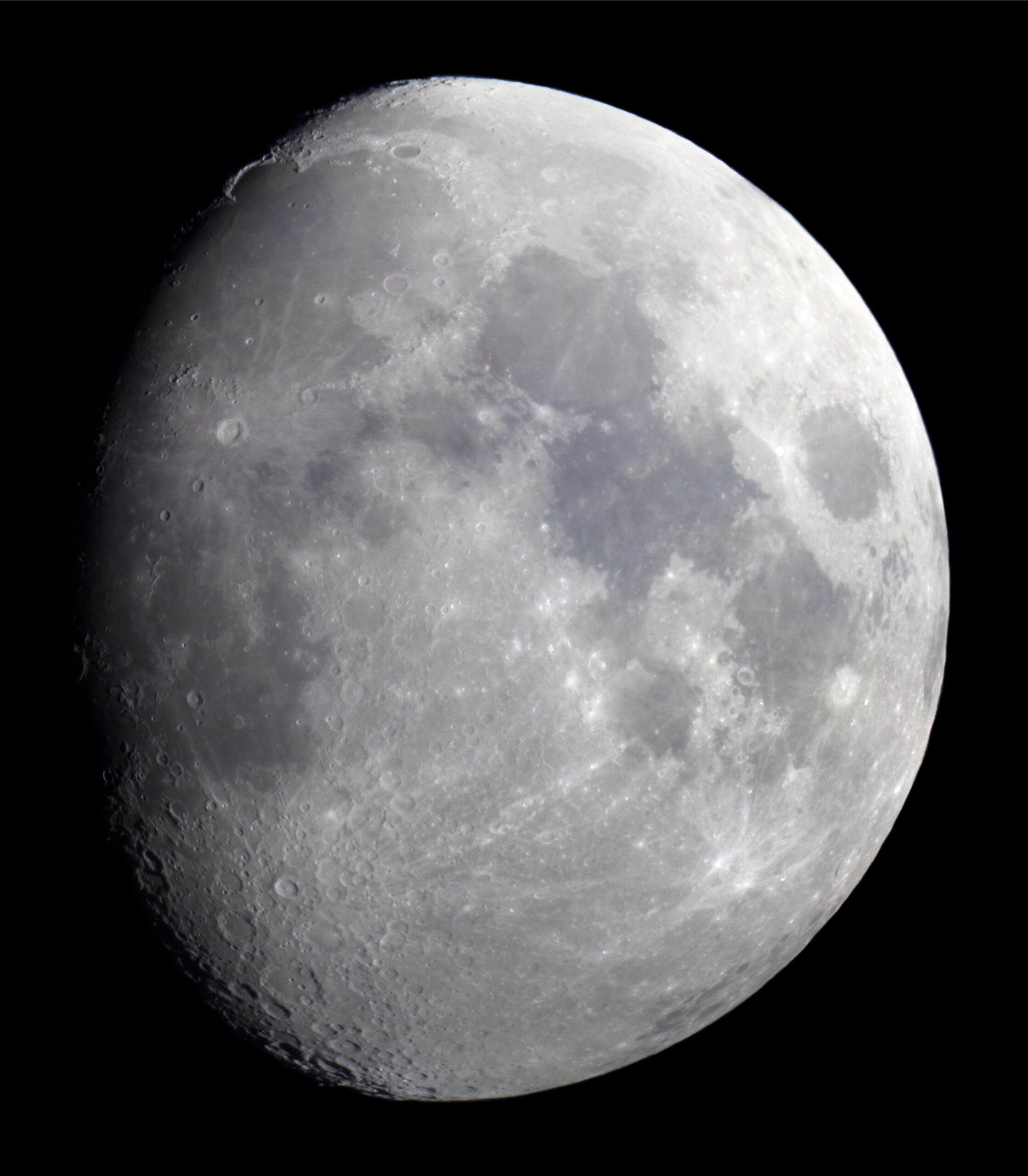
Waxing Gibbous Moon

Waning Gibbous Moon
Let’s clarify what a Gibbous Moon is. Occurring between the First Quarter Moon and the Full Moon, as well as between the Full Moon and the Last Quarter Moon, the Gibbous phase presents more than half of the moon’s face illuminated yet does not reveal the entire disc. On the road to becoming full, it ‘waxes’, and as it steps back from its full state, it ‘wanes’.
The visual characteristics of a Gibbous Moon are quite distinct. When the Moon is waxing gibbous, it’s bulging outwards to the right, in the northern hemisphere, while a waning gibbous Moon swells to the left. Keep an eye on the night sky after the first quarter, and you’ll see it slowly reach that nearly-full state.
Culturally and historically, the Gibbous Moon has held various meanings across civilizations. It’s often associated with growth, culmination, and the brink of completion. It mirrors many life processes—like the final push towards a goal or fruition of hard work.
And let’s not forget the practicality of the Moon’s phases. The Gibbous Moon phase impacts the Earth in real ways, including our tides. The gravitational pull during these phases, especially when waxing, can lead to more pronounced high tides, known as spring tides, which are essential considerations for mariners and coastal communities.
The Drama in the Sky: Understanding Total and Annular Eclipses
Eclipses capture the imagination like few other celestial events. A Total Eclipse occurs when the moon passes between the sun and Earth, temporarily blocking the sun’s light. For a brief moment, day turns to night, and we’re given a rare glimpse into the cosmic dance between these celestial bodies.

Sequence of photographs showing the Moon slowly covering the Sun and moving away.
By contrast, an Annular Eclipse presents a stunning ‘ring of fire’ as the moon, at a farther distance from Earth, is not large enough to completely cover the sun. This creates a bright, annular ring around the silhouette of the moon. Unlike the sudden night of a total eclipse, an annular eclipse bathes the world in an eerie, subdued glow.

Annular Eclipse of the Sun January 2011.
Comparing the two: while both are breathtaking, a Total Eclipse completely obscures the sun’s light, whereas an Annular Eclipse leaves the outer edges visible. Location and timing are critical for viewing these phenomena, as they’re only visible from specific areas on Earth during the eclipse’s path.
Observation tips for safe viewing are fundamental. NEVER look directly at the sun without appropriate eye protection during any type of eclipse. While total eclipses allow for a brief period when the sun is fully covered, annular eclipses and the partial phases of a total eclipse always require solar-viewing glasses.
Historically, both types of eclipses have played significant roles in our understanding of the universe. They’ve been both omens and tools, feared and celebrated, and have allowed scientists to make groundbreaking discoveries such as the confirmation of general relativity by observing the bending of light during a 1919 Total Eclipse.
Before we finish with the Eclipse there is a further group of eclipses that are far more common than annular and total ones and that is partial eclipses. Both the Sun and Moon have partial eclipses. Some are of only a few per cent up to 99 per cent. Not as awe-inspiring as a total eclipse of the Sun but beautiful in its own right.
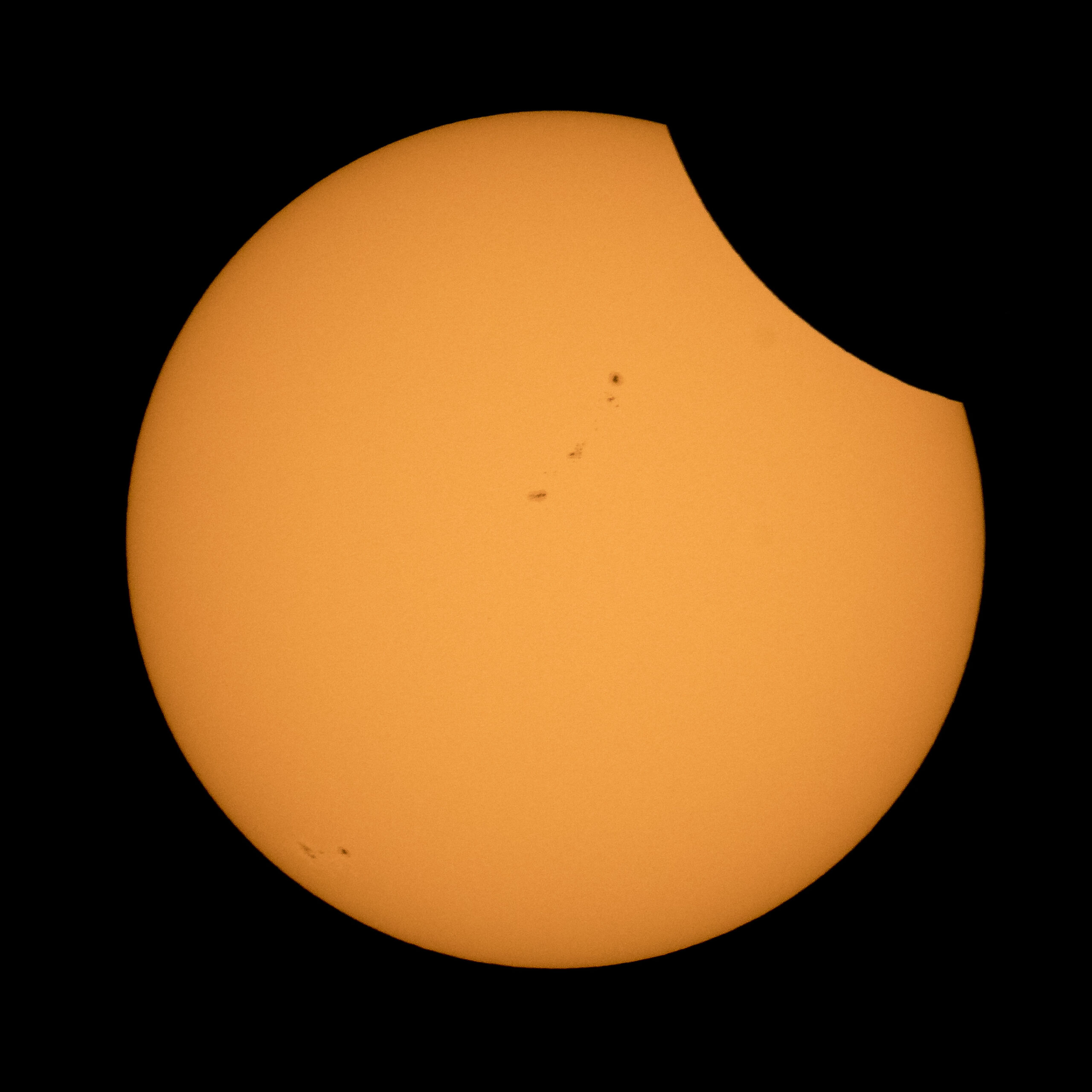
Partial Eclipse of the Sun. Approx. 10% cover. Note the Sun Spots.

Partial eclipse of the Sun. Approx. 60%
The Sun’s Crown: Unveiling the Mysteries of the Sun’s Corona
While we see the beauty of eclipses, both annular and total, one of the added bonus of seeing a total eclipse is to see the Sun’s corona.
The Sun’s corona remains one of the most captivating and least understood parts of our closest star. It’s the outermost layer of the Sun’s atmosphere and shines with an ethereal light during total solar eclipses. But you don’t need to wait for the next eclipse to appreciate the magnificence of the Sun’s crown; we’ve uncovered a wealth of knowledge about it through continuous observations and research.

Total Eclipse of the Sun. November 2010
When a total eclipse graces our skies, it gifts astronomers with a rare opportunity to study the corona’s intricate structure and behavior. This is the only time we can witness the corona with the naked eye (with proper protection, of course), revealing insights into solar winds and space weather that affect our daily lives and technological systems.
Consisting of superheated plasma, the corona reaches temperatures millions of degrees hotter than the surface of the Sun. The reason behind this intense heating remains one of astronomy’s greatest puzzles. Though challenging, scientists tirelessly work to unravel the secrets held within this blazing halo.
Each eclipse peels back a layer of the unknown, feeding our knowledge and technology. Advanced instruments such as spectrometers and coronagraphs, coupled with space missions like the Parker Solar Probe, shed light on the complex dynamics of the corona’s magnetic fields and the processes that drive solar flares and coronal mass ejections.
In essence, the corona is not just a celestial ornament during an eclipse; it’s a dynamic, powerful layer that has significant implications for understanding our solar system. Its study is a testament to how much we can learn from looking beyond the surface, reminding us that sometimes, the answers to our greatest questions lie in the embrace of the sun’s fiery outer edge. As we continue to decode these cosmic mysteries, each finding enriches our comprehension of the universe and safeguards our increasingly interconnected world.
Eclipses of the Moon.
An eclipse of the Moon is just an opposite of a total eclipse of Sun. Where the Moon moves across in front of the Sun giving us an eclipse of the Sun its journey also, in its orbit around the Earth its path takes it into the shadow of the Earth. If the Moon’s orbit was perfectly circular and not inclined to the Earths equator then we would have a total eclipse of the Moon every month. But the Moon’s orbit is not circular and it is inclined. This means that the Moon also has total eclipses as well as partial eclipses. These eclipses give the Moon a deep rust red colour. The eclipses of the Moon are a good starting point for those of you who want to take up astrophotography, in fact all pictures of the Moon are good starting points.
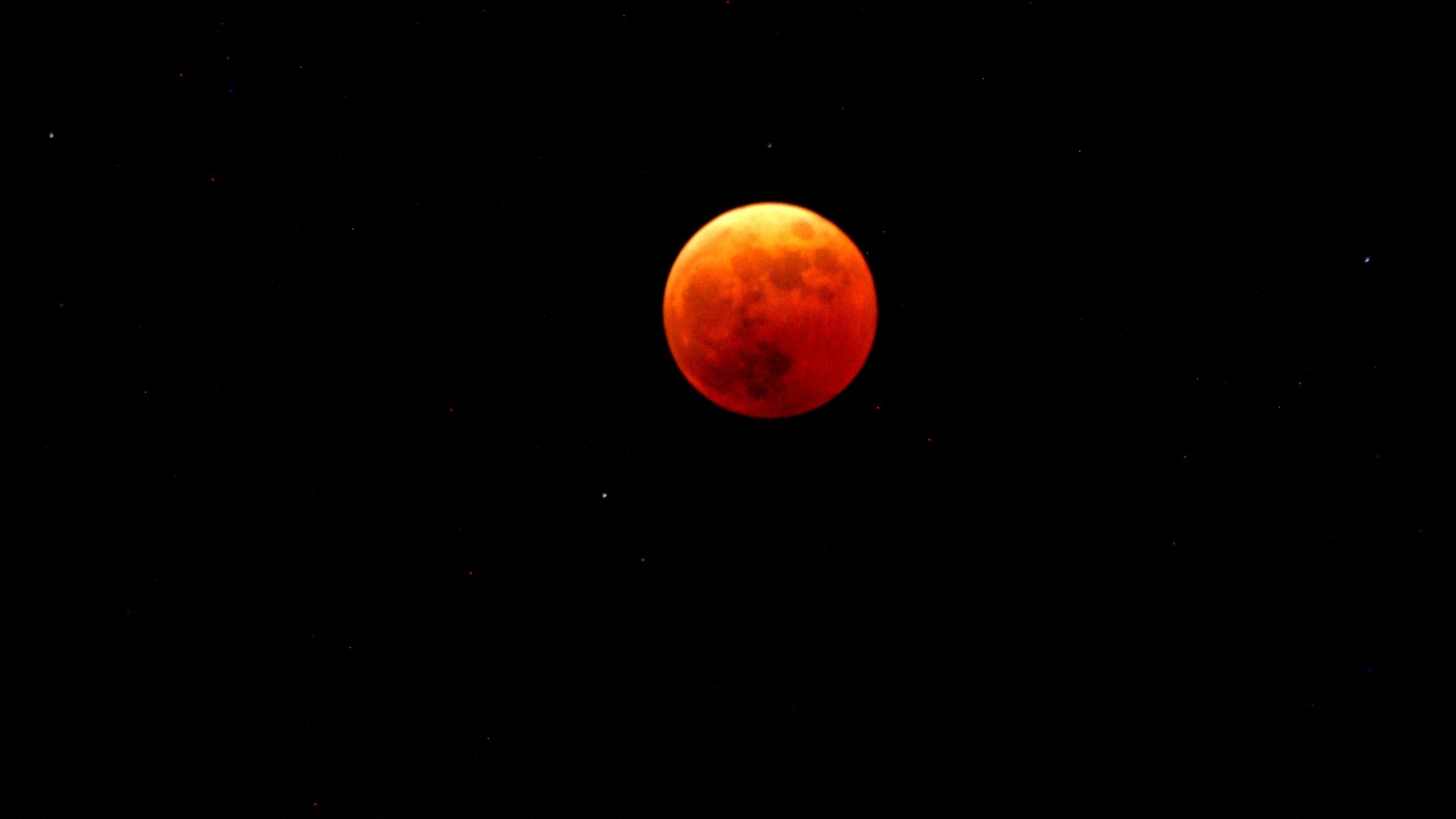
Total Eclipse of the Moon. Note the reddish hue. This is caused by the light reflected back to us is being scattered by our atmosphere. The star at 8 o’clock is the planet Uranus.
Our look at the Moon and its phases shows us that the Moon plays a greater role in the way we view our Sun and Moon. The interaction between the Earth, Sun and the chance position of our Moon in its orbit around the Earth gives us the chance to see all three objects working together to give us such spectacular sights. Next time you look up at the Moon, think about how much it influences our day.
